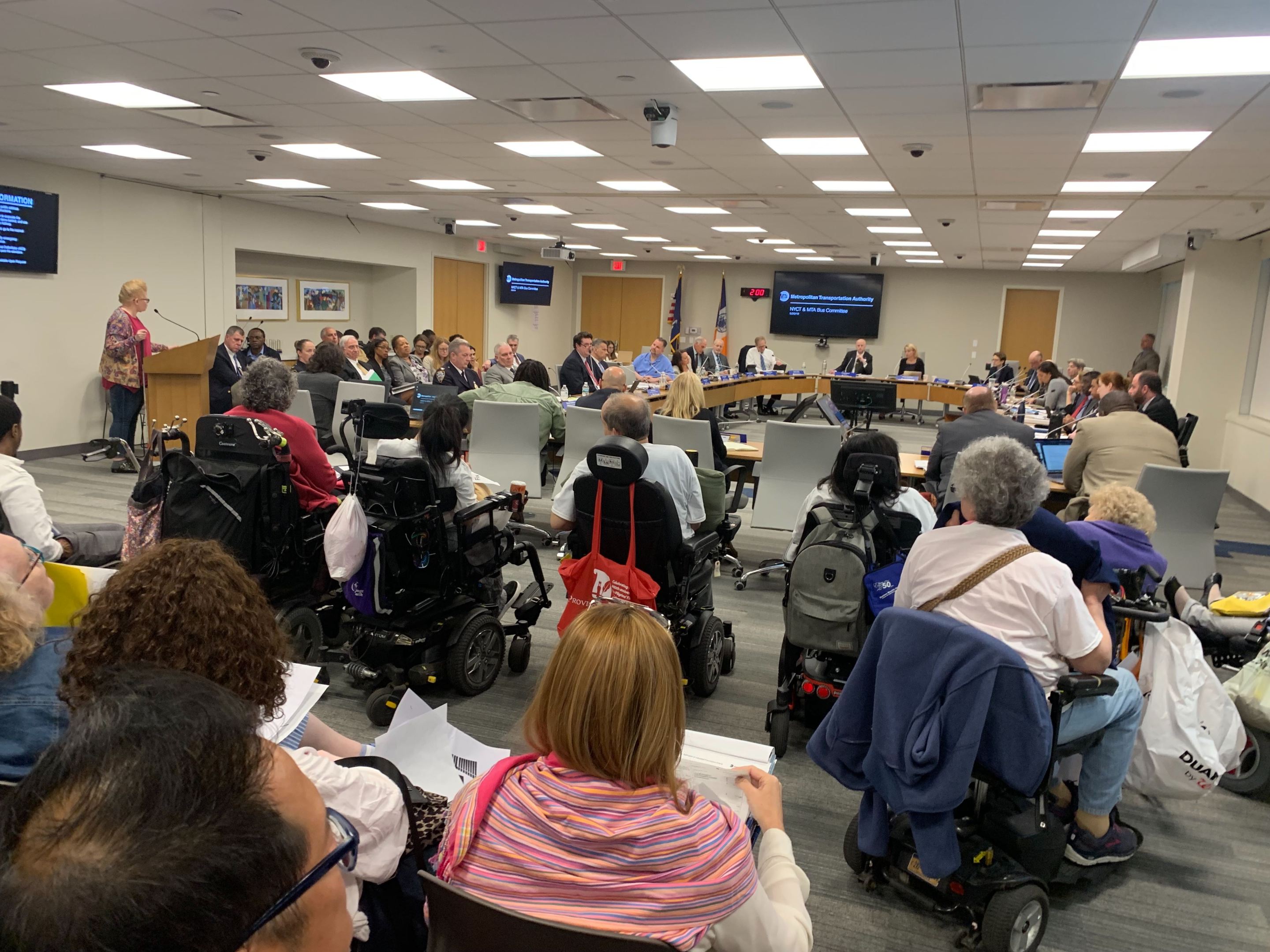The MTA's bus service "death spiral" inches ever closer.
Thirteen months after the launch of Andy Byford's "Bus Action Plan," New York City Transit will reduce service on specific routes this summer "to more closely align with customer demand" and reflect congestion-induced speed reductions, according to a memo distributed to MTA board members on Monday [PDF, page 205].
The summertime changes foretell potentially devastating cuts next year, when the MTA faces a $510-million operating deficit. There is talk of $31 million in bus service cuts.
Bus ridership has been cratering for more than a decade due to snail-like speeds in Manhattan's Central Business District and other busy sections of the city. As ridership dropped, the agency cut back service — a vicious and recurrent cycle that Byford has previously called a "death spiral."
The summer cuts — which will save the multi-billion-dollar agency $2.8 million — affect various portions of the schedule on 13 lines.
Each bus lines has three headway-time schedules throughout the day, during the morning and evening commute times, plus non-rush hours. Of the 13 key routes in question — the B3, B4, B24, B63, B74, M1, M2, M3, M4, M7, M55, B11, S51 — 26 schedules will get worse for riders in terms of longer times between buses, while three will get better (on the B63 and B4).
This summer's cuts will dramatically affect some lines. On the M55, for instance, where buses are running at a 24 percent capacity, buses that once left the terminus every 15 minutes will leave every 20, increasing which will pack more people into buses that the MTA says are running under capacity. Three more minutes of wait times on the M1 in the evening hours will bring that line perilously close to being considered overcrowded. [Chart, page 207]
One route, the B63, will have additional trips added for shorter headways, finally bring morning rush buses below 100 percent capacity, the MTA claims. The B4 line will also get shorter wait times on Saturday mornings.
Ultimately, however, the agency will only be saving $81,000, as it must add service on routes where congestion has negatively impacted headways.
"Schedules are tweaked throughout the year to reflect actual traffic and ridership realities, to put extra buses where there’s a demand, and to make sure resources aren’t wasted due to running empty buses," said MTA spokesperson Shams Tarek. "We’re working to attract more people to buses by making bus schedules more dependable, and reducing crowding where that’s a problem."
The MTA is currently overhauling its Bronx and Queens bus networks as part of Byford's "Bus Action Plan," which was released last April to significant fanfare from transit advocates. Since then, the MTA has rolled out one new Select Bus Service line and a redesign of the Staten Island express bus network. City police also launched a concerted bus lane and bus stop enforcement effort to prevent private cars from getting in the way of transit.
But many of the plan's proposed improvements — citywide all-door bus boarding, rapid bus lane expansion, and the implementation of new dispatching technology — remain works in progress, and relief from congestion pricing is at least 19 months away. Two key metrics — additional travel time and additional bus stop time, which measure the amount of extra time riders spend at stops and on buses compared to the MTA's schedule — are increasing on local and Select Bus Service routes.
Overall trip times, however, improved in April for the second month in a row. Bus speeds have remained stagnant — a potential sign that the collapse in bus service has been reversed.
Advocates said the service reductions were not necessarily welcome, but made sense given the agency's limited financial resources.
"Many of the schedule changes indicate that more needs to be done to clear street space for buses and speed up boarding. Given a fixed budget, it’s good practice to review how service is allocated and make adjustments in response to changing conditions," said Ben Fried, the spokesman for TransitCenter. "These are marginal changes. If you look at the route by route breakdown, it’s just a handful of routes that are seeing any significant change in frequency one way or the other."
In a related — or unrelated — piece of news, Darryl Irick, the MTA bus chief who helped create Byford's bus strategy, will retire next month.





